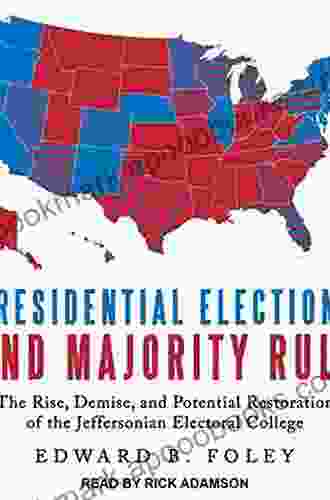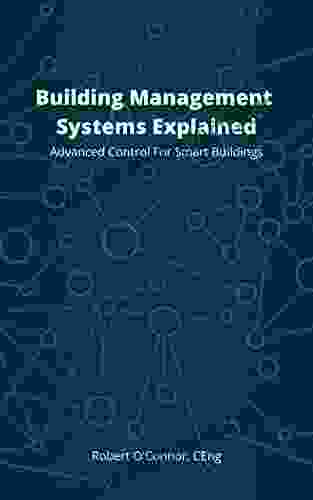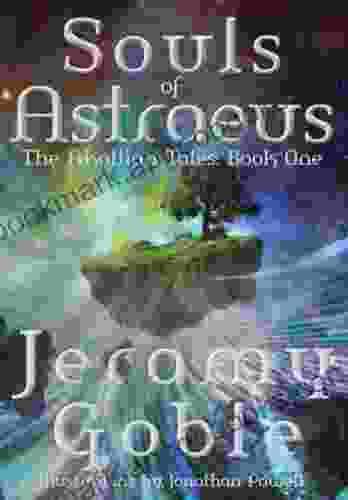The Rise, Demise, and Potential Restoration of the Jeffersonian Electoral College

In the tapestry of American history, few institutions have sparked as much debate and controversy as the Electoral College. Rooted in the principles of the Founding Fathers, it has weathered centuries of political storms, subject to both praise and criticism as a gatekeeper of democracy. In this comprehensive analysis, we delve into the intricate history of the Jeffersonian Electoral College, examining its origins, its decline, and the compelling arguments for its potential restoration.
4.9 out of 5
| Language | : | English |
| File size | : | 725 KB |
| Text-to-Speech | : | Enabled |
| Screen Reader | : | Supported |
| Enhanced typesetting | : | Enabled |
| Word Wise | : | Enabled |
| Print length | : | 252 pages |
| Lending | : | Enabled |
The Genesis of the Electoral College
The Electoral College emerged from the Constitutional Convention of 1787, a crucible of ideas where the nation's founders grappled with the complexities of governance. The primary architects of the Electoral College were James Madison, Alexander Hamilton, and George Mason, who crafted it as a compromise between direct popular elections and congressional selection of the president.
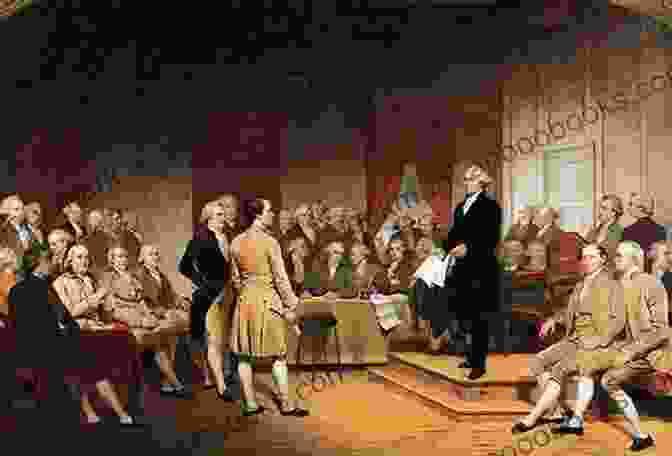
Under the Electoral College system, each state would appoint electors equal to the combined number of its senators and representatives in Congress. These electors would then gather to cast their votes for the president and vice president, with the candidate receiving the majority of votes emerging victorious. This intricate mechanism was designed to balance popular sovereignty with the concerns of smaller states, ensuring that the voice of even the smallest state would be heard in the presidential selection process.
The Heyday of the Electoral College
For over a century, the Electoral College functioned as a stable and generally accepted element of American democracy. Presidents were elected through the system, and the results were rarely challenged. However, as the nation grew and became more populous, cracks began to appear in the Electoral College's facade.
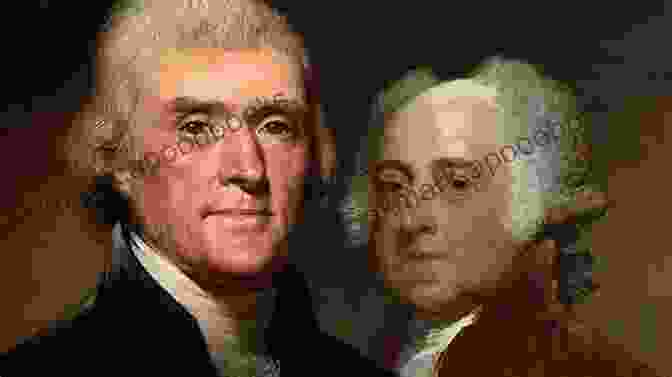
The election of 1800, which saw Thomas Jefferson defeat the incumbent John Adams, exposed a fundamental flaw in the Electoral College: the possibility of a tie. The two candidates each received 73 electoral votes, necessitating a contingent election in the House of Representatives. After a contentious 36 ballots, Jefferson emerged victorious, highlighting the vulnerability of the system to gridlock and political maneuvering.
The Decline of the Electoral College
The rise of mass political parties in the 19th century further diminished the Electoral College's significance. Candidates began to align themselves with specific parties, effectively eliminating the independent role of electors. This party-based system led to a decline in the Electoral College's ability to reflect the popular will, as electors were increasingly bound to vote for the candidate nominated by their party.
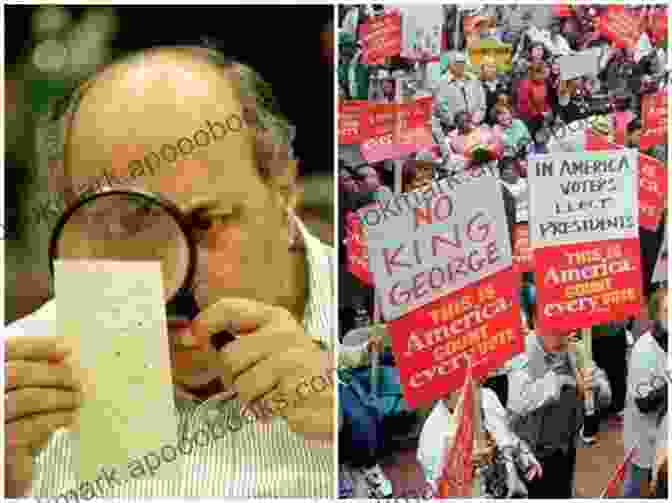
The Electoral College has also been criticized for its potential to produce outcomes that contradict the popular vote. In five presidential elections, the winner of the popular vote did not win the Electoral College, including the 2000 election between George W. Bush and Al Gore, a result that sparked widespread debate and calls for reform.
Arguments for Restoration
Despite these criticisms, the Electoral College has its staunch supporters who advocate for its restoration. They argue that the Electoral College:
- Protects the interests of small states: By giving each state a guaranteed number of electors, regardless of population, the Electoral College ensures that the voices of even the smallest states are represented in the presidential selection process.
- Promotes stability and prevents radical shifts: The Electoral College acts as a buffer against sudden and drastic changes in presidential leadership, providing a sense of continuity and stability to the nation.
- Encourages candidates to campaign in all regions: Knowing that they need to win a majority of electors, candidates are incentivized to appeal to voters in various states, including those that may not be their traditional strongholds.
Reform or Restoration?
Reform and restoration are not mutually exclusive concepts when it comes to the Electoral College. Numerous proposals have been put forward to address the system's perceived flaws while maintaining its essential principles. These reforms include:
- Ranked Choice Voting: This system allows voters to rank candidates in Free Download of preference, ensuring that the winner has the support of a majority of voters.
- Proportional Allocation of Electors: Instead of awarding all electors to the winner of the popular vote in a state, this method would allocate electors based on the percentage of votes each candidate receives.
- National Popular Vote Interstate Compact: This agreement among states would bind their electors to vote for the candidate who wins the national popular vote, effectively rendering the Electoral College moot.
The Jeffersonian Electoral College, a product of compromise and foresight, has played a significant role in shaping American democracy. While it has faced criticism and calls for reform, its legacy remains a subject of debate and discussion. Whether restored to its original form or reformed to meet the challenges of modern times, the Electoral College continues to stand as a testament to the enduring power of our nation's founding principles.
As we navigate the complexities of the 21st century and beyond, it is imperative that we engage in thoughtful and informed discussions about the future of the Electoral College. By understanding its history, its strengths, and its weaknesses, we can make informed decisions that will ensure the vitality and the continued relevance of our democratic process.
4.9 out of 5
| Language | : | English |
| File size | : | 725 KB |
| Text-to-Speech | : | Enabled |
| Screen Reader | : | Supported |
| Enhanced typesetting | : | Enabled |
| Word Wise | : | Enabled |
| Print length | : | 252 pages |
| Lending | : | Enabled |
Do you want to contribute by writing guest posts on this blog?
Please contact us and send us a resume of previous articles that you have written.
 Book
Book Novel
Novel Page
Page Chapter
Chapter Text
Text Story
Story Genre
Genre Reader
Reader Library
Library Paperback
Paperback E-book
E-book Magazine
Magazine Newspaper
Newspaper Paragraph
Paragraph Sentence
Sentence Bookmark
Bookmark Shelf
Shelf Glossary
Glossary Bibliography
Bibliography Foreword
Foreword Preface
Preface Synopsis
Synopsis Annotation
Annotation Footnote
Footnote Manuscript
Manuscript Scroll
Scroll Codex
Codex Tome
Tome Bestseller
Bestseller Classics
Classics Library card
Library card Narrative
Narrative Biography
Biography Autobiography
Autobiography Memoir
Memoir Reference
Reference Encyclopedia
Encyclopedia Susanna Gregory
Susanna Gregory Drew Karpyshyn
Drew Karpyshyn T J Pandian
T J Pandian Mona Field
Mona Field Leslie Atkins Elliott
Leslie Atkins Elliott Melanie Mcneice
Melanie Mcneice John Berger
John Berger Duncan Bhaskaran Brown
Duncan Bhaskaran Brown Fred Colby
Fred Colby Evelyn Reiss
Evelyn Reiss Joy Browne
Joy Browne Eddie Cleveland
Eddie Cleveland Mitch Peeke
Mitch Peeke Mark Weakland
Mark Weakland Jared R Rawlings
Jared R Rawlings Neil Kitching
Neil Kitching Emma Mieko Candon
Emma Mieko Candon Gina Robinson
Gina Robinson John Ryan Haule
John Ryan Haule Samantha Brett
Samantha Brett
Light bulbAdvertise smarter! Our strategic ad space ensures maximum exposure. Reserve your spot today!
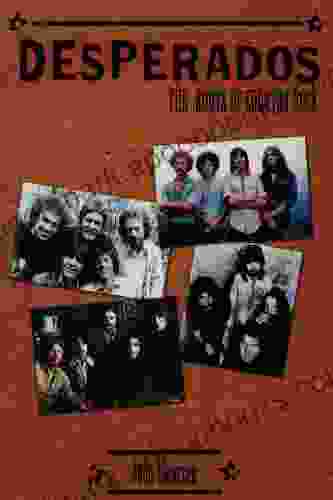
 Gustavo CoxDesperados: The Roots of Country Rock – A Journey Into the Heart of a Musical...
Gustavo CoxDesperados: The Roots of Country Rock – A Journey Into the Heart of a Musical... Matthew WardFollow ·12.3k
Matthew WardFollow ·12.3k Caleb LongFollow ·19.5k
Caleb LongFollow ·19.5k Sam CarterFollow ·16k
Sam CarterFollow ·16k Alexander BlairFollow ·3.4k
Alexander BlairFollow ·3.4k Clayton HayesFollow ·14.1k
Clayton HayesFollow ·14.1k Isaac AsimovFollow ·2.2k
Isaac AsimovFollow ·2.2k Ernest ClineFollow ·6.8k
Ernest ClineFollow ·6.8k Jacques BellFollow ·17.7k
Jacques BellFollow ·17.7k

 Eugene Powell
Eugene PowellFat Cat Stories: Level At Word Family - A Purrfect Start...
Introducing the 'At'...
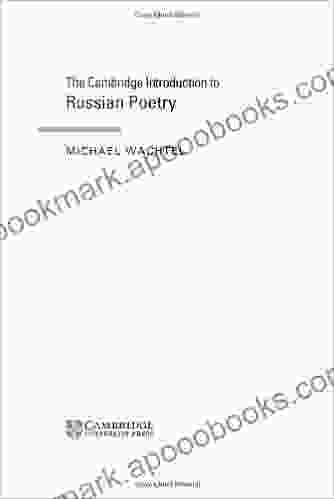
 William Powell
William PowellUnveiling the Treasures of Russian Poetry: The Cambridge...
Immerse yourself in the...

 Roberto Bolaño
Roberto BolañoUnveiling the Treasures of Beowulf: A Guided Tour with...
: Delving into the...

 Foster Hayes
Foster HayesTransport, Climate Change and the City: Tackling Urban...
Transport is a major...

 Calvin Fisher
Calvin FisherHow To Make It In The Music Industry: The Ultimate Guide...
Are you an aspiring musician with...
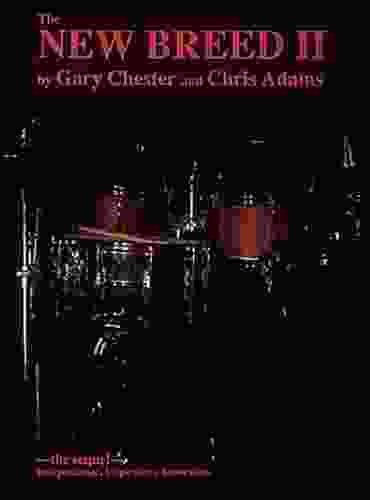
 Rick Nelson
Rick NelsonUnveiling the Enigmatic World of Gary Chester's "The New...
Step into a World...
4.9 out of 5
| Language | : | English |
| File size | : | 725 KB |
| Text-to-Speech | : | Enabled |
| Screen Reader | : | Supported |
| Enhanced typesetting | : | Enabled |
| Word Wise | : | Enabled |
| Print length | : | 252 pages |
| Lending | : | Enabled |


